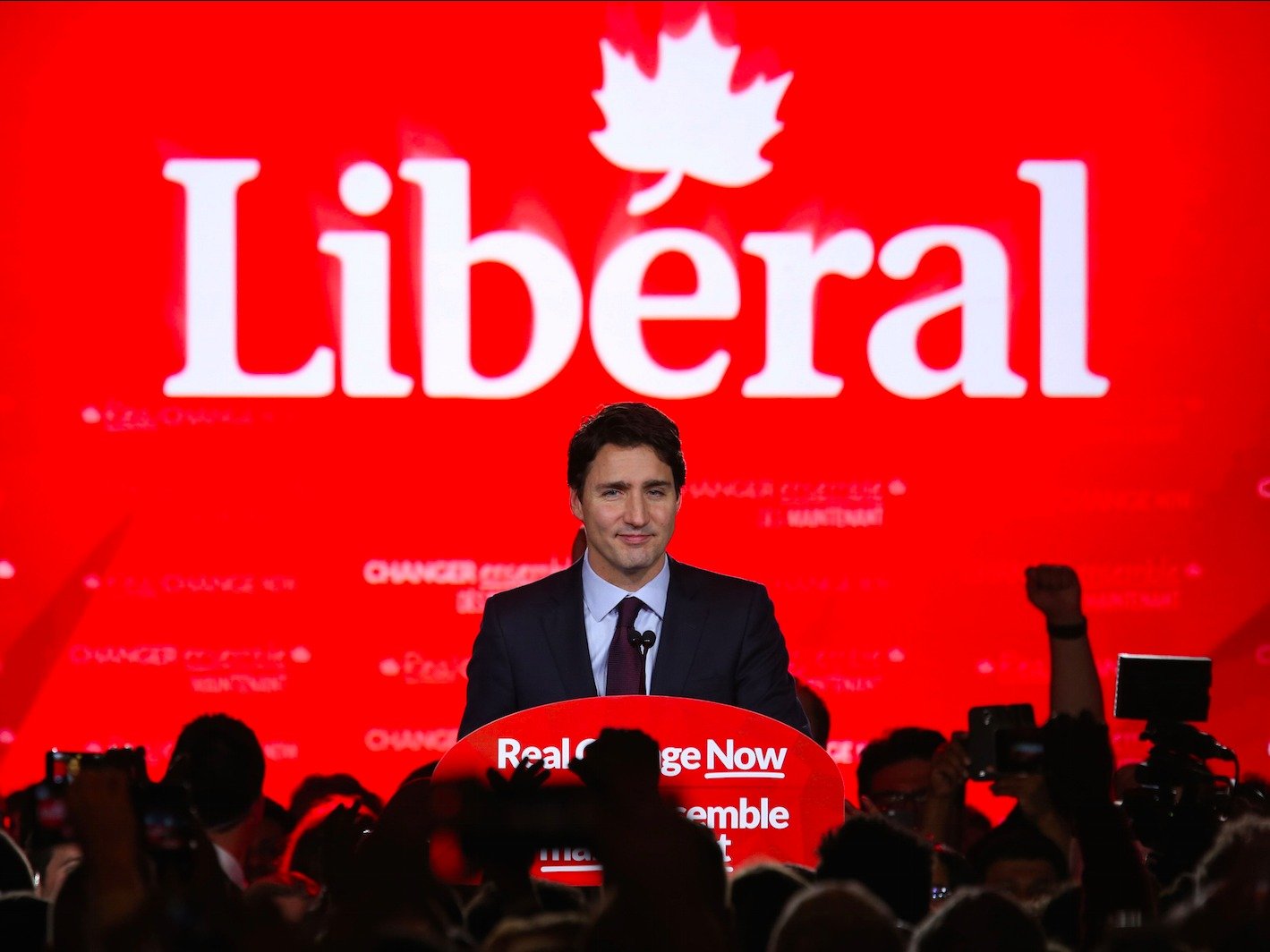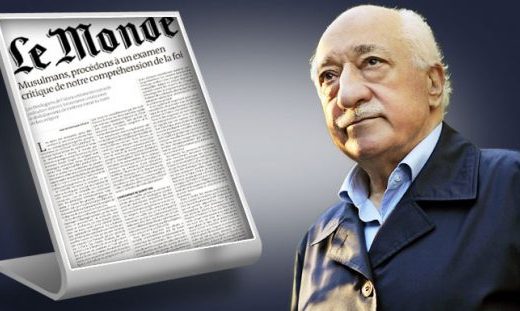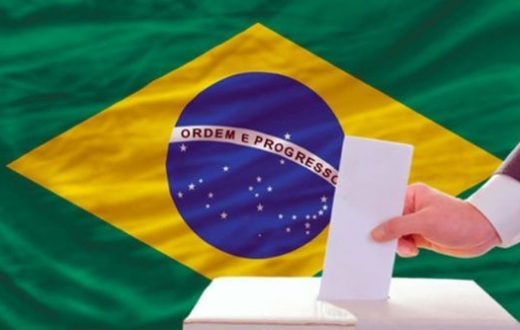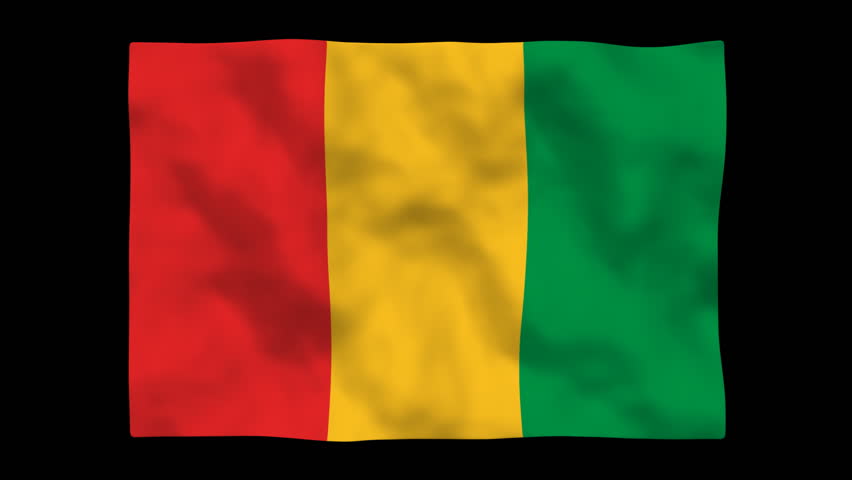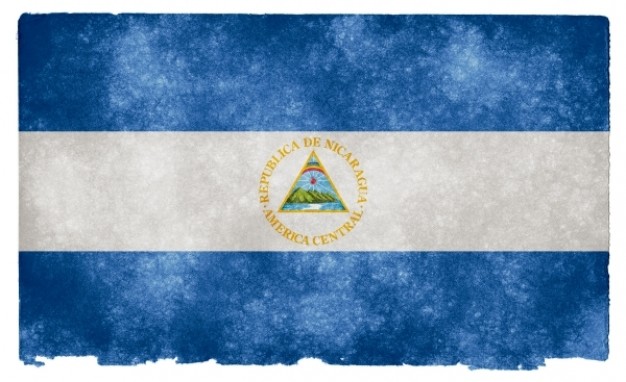After nearly a decade under conservative rule, Canada is now poised to move back toward the political center. On Oct. 19, Justin Trudeau’s Liberal Party won the country’s parliamentary elections, positioning the 43-year-old leader to succeed Stephen Harper as Canada’s next prime minister. Trudeau will likely adopt a more centrist style of governance than Harper, prompting a review and refocus of Canada’s national security and foreign policy priorities. Meanwhile, on the domestic front, the new administration will maintain support for energy initiatives that promote the diversification of the country’s hydrocarbons exports.
Analysis
Trudeau, the son of former Canadian Prime Minister Pierre Trudeau, emerged from the Oct. 19 elections with a solid majority in Parliament. With just shy of 40 percent of the vote, his Liberal Party won 184 seats, while the Conservative Party came in second with 99 seats and the leftist New Democratic Party trailed with only 44. Because of the Liberal Party’s sweeping victory, Canada will avoid the political turmoil that accompanies coalition building by minority parties — a situation that often creates room for votes of no confidence, uncertain policymaking and premature elections.
Once he is sworn into office, Trudeau’s first order of business will be to select his Cabinet. He will likely choose lawmakers with a range of experience levels, drawing from a pool of parliamentary members who served in previous Liberal Party governments. The new prime minister will also follow the Canadian protocol of picking Cabinet ministers and deputies who are representative of each of the country’s 10 provinces and three territories.
After he has formed his Cabinet, Trudeau will turn his attention to Canada’s international engagements. Under Harper’s Conservative Party administration, Canada conducted military interventions and operations in a number of the world’s conflict zones, including Afghanistan, Libya, Iraq, Ukraine and the Baltics. The Canadian government also took a strong stance against Russia’s intervention in Ukraine and against China on a variety of issues, including human rights. Trudeau will likely pull back somewhat, in terms of both rhetoric and troop commitments, from becoming involved in military operations that have a limited coalition mandate. But Canada will not disengage from the international community; on the contrary, under Trudeau’s rule, Canadian soft power and humanitarian interests will play a stronger role in Ottawa’s foreign policy. As a result, Canada will support multilateral initiatives in which there is a place for its influence.
At home, the incoming Liberal Party government will likely pick up where its predecessor left off in the realm of energy. Harper’s administration prioritized the development and diversification of export routes for Canada’s oil and natural gas resources. Trudeau will continue to pursue this goal, lending support for the construction of east-west pipelines and the controversial Keystone XL project. However, he will also push for greater oversight over new energy infrastructure projects to ensure that the pipelines address the concerns of environmental groups and the First Nations aboriginal peoples. Trudeau will work with provincial governments, particularly in Alberta and British Columbia, to achieve these goals and to win support for his Liberal Party in Canada’s Conservative hub.
As the new prime minister works to introduce a new style of governance in Canada — one that is dynamic, inclusive and less militarily active — he will encounter significant challenges on several other policy fronts. Canada’s recession continues to drag on, and the country remains constrained by its economic interdependency with the United States. Canada must also cope with high natural resource costs while its industrial and manufacturing base continues to search for growing markets for its outputs. With his campaign now over, Trudeau will have to shift his focus toward these issues if he hopes to turn Canada’s economy around.

